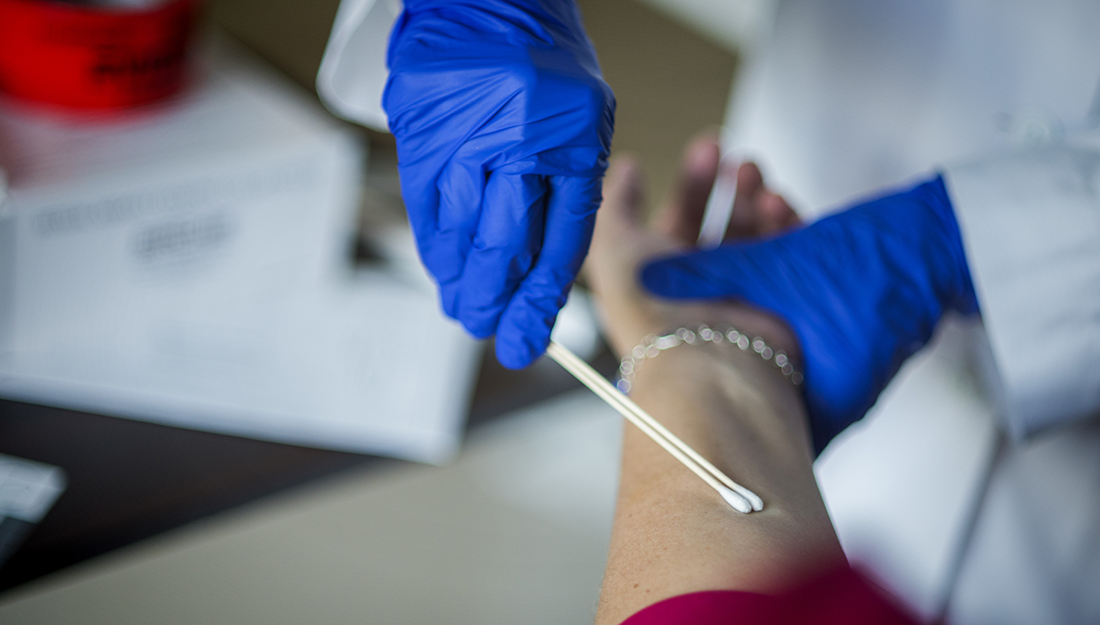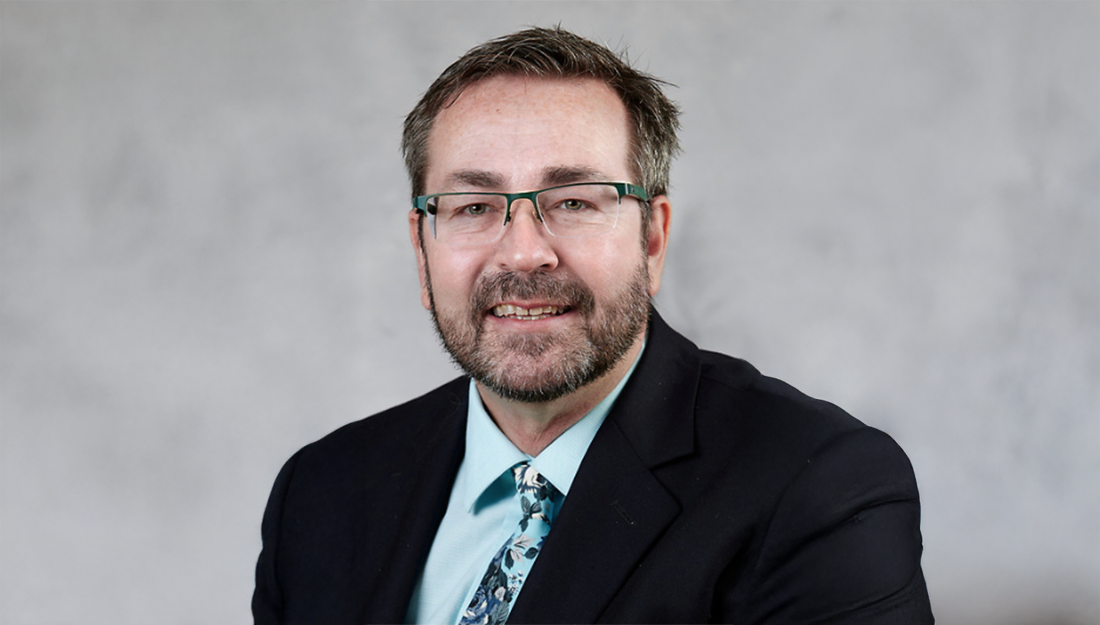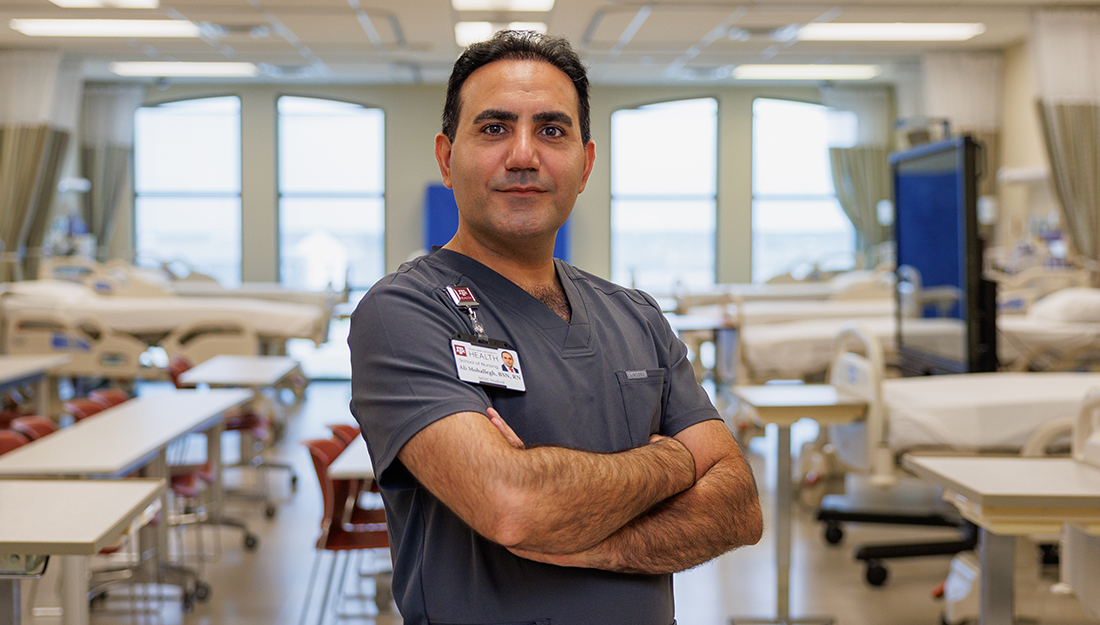Get to know: Evonne Garcia ’18

In the Rio Grande Valley, Evonne Garcia ’18, RN, is the forensic nurse manager at the only forensic exam center in Hidalgo County, Texas. Her goal is to help as many survivors of assault as she can, and Texas A&M is helping her do so. She has been working in the field for more than a decade and already has specialized training as a registered nurse and certified adult/pediatric sexual assault nurse examiner, and her ultimate goal is to earn a master’s degree in forensic nursing. But for now, earning a bachelor’s degree in the RN to BSN program from the Texas A&M College of Nursing is the first step.
Q: How did you become interested in forensic nursing?
A: When I was working as a nurse in the emergency room, I would often see assault survivors wait eight hours or more until a forensic nurse would be available to examine them. These patients had already been through an incredible trauma, and now couldn’t eat or shower or even have a glass of water for hours. I thought that wasn’t okay. In addition, my childhood career dream was to become a homicide investigator, so I’ve always been interested in forensic science. When I found out there was such a thing as forensic nursing—or as it was called then, sexual assault nurse examiner—I knew that’s what I wanted to do.
Q: What did you do next?
A: I told my director at Mission Regional Medical Center in Mission, Texas, where I worked at the time, that I wanted to become trained and certified as a sexual assault nurse examiner. There wasn’t a program in our area, so I traveled across the state. I contacted the office of the attorney general and did my classroom training in Lubbock, then I went to San Antonio, Houston and Corpus Christi for my clinical trainings to become certified. I brought all that back here, to the Valley, and I started the S.A.F.E. Place—the Sexual Assault Forensic Exam Unit—at Mission Regional Medical Center in 2009. I was a lone ranger, but luckily, I met people I could call on when I needed help. Stacey Mitchell, now the clinical associate professor and program coordinator of the Forensic Health Care Program at the Texas A&M College of Nursing, was one of the ones I would turn to whenever I had a question. She was one of my mentors.
Q: What was it like to lead a forensic nursing program?
A: That first year I had around 200 patients, and I made a protocol of a one-hour response time. I just thought about how I would feel if it were me, and I knew I wouldn’t want to wait around to be examined after going through an experience like that. But I was the only examiner in my program—so I was doing 24/7 coverage, by myself, with a one-hour response time, for four years. I truly had a passion for helping these victims and I knew if I stopped doing this job, there would be no one again to help them. So as hard as it was, I just couldn’t walk away from it.
Every year we would see a few more patients than the year before. One weekend, I saw 12 patients. Between going in for patients and my daughter having a softball tournament, I slept very little that weekend. I knew something had to give, so I convinced the hospital to hire another full-time person to help me with the workload, which was up to about 550 patients per year by that point. Then in January of this year, my hospital eliminated both positions as part of financial concerns and ahead of a buyout of the hospital by an outside foundation. Of course, I was concerned that I no longer had a job, but most importantly, I didn’t know where those patients were going to go—there was no other option for them for miles—we had been the only unit of this specialty from Laredo to Mercedes, Texas.
Q: What did you do next?
A: I had no idea how many people in the area were supportive of what I did until that happened. I immediately contacted the CNO at Doctor’s Hospital at Renaissance (DHR) Health in Edinburg, Texas, and I spoke to them about stepping in to fill the void. A few days later, the hospital launched its own forensic exam center called Safe H.A.V.E.N., for “Helping All Violent Encounters Now,” and hired me as the forensic nurse manager. Luckily, they already had three nurses, one certified, and two doing clinicals. I got them finished, certified, and trained. I finally had a whole team. Now, the four of us take turns being on call so that no matter what time of the day or night, one of us can get to the patient within the hour.
Q: What are some of the biggest challenges?
A: Breaking some myths and beliefs in the county by educating law enforcement, prosecutors, advocates and others was a challenge. It’s been a long process, but I think we are slowly making progress on that front. There has been a long-held belief in the field that if a woman isn’t visibly physically hurt, she wasn’t assaulted, and that’s just not true. It’s also difficult sometimes because the geographic area is just so vast, and I’ll get a call from another hospital in the region who perhaps doesn’t have a forensic nurse of their own, and then we have to figure out how to treat the patient in the most efficient way possible.
Q: What’s next?
A: After I finish my bachelor’s degree this summer, I hope to get a master’s degree in forensic nursing from Texas A&M. It’s so great that the program is set up with online coursework and flexible course load options so that I can continue to work while I attend school because I love what I do, but I’m committed to my continuous professional education. I’m thrilled that Stacey Mitchell and Laurie Charles, College fo Nursing clinical assistant professor, who helped train me when I was first becoming certified, are on the faculty, so I can’t wait to continue my education with them.
Media contact: media@tamu.edu


